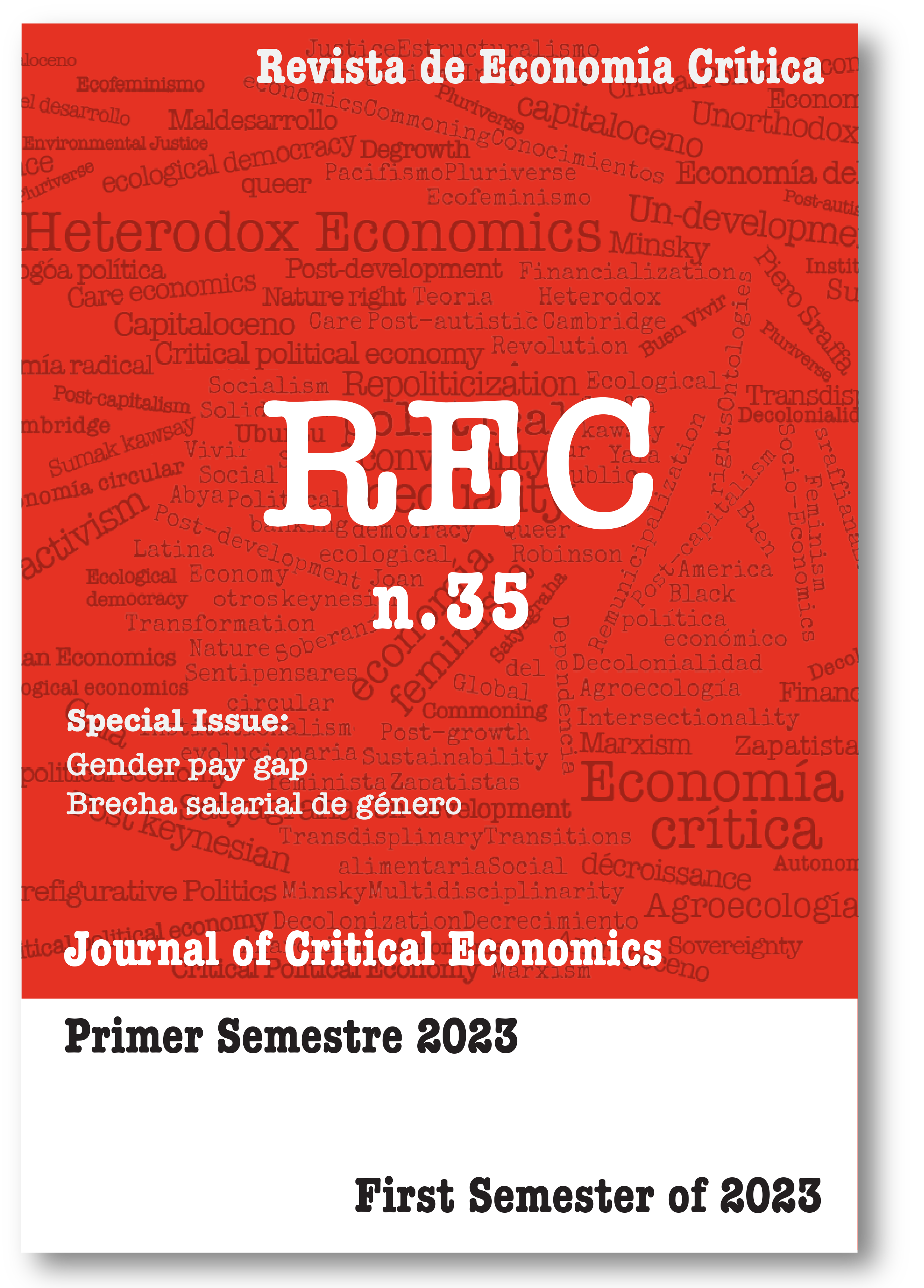Equality plans and reduction of gender gaps in labor income. The Argentinian case from an intersectional perspective.
Keywords:
Gender equality; public policies; ArgentinaAbstract
The objective of this article is to analyze, from an intersectional perspective, the implications of the National Plan for Equality in Diversity [Plan Nacional de Igualdad en la Diversidad] in the reduction of the gender gap in labor income in Argentina. This research has been conducted with a mixed methodological strategy that includes documentary and budgetary analysis, the application of follow-up indicators on the economic dimension of the plan, and interviews. This work addresses both the design and implementation of the plan, as well as its policies and programs. As a result, the main advances in gender mainstreaming within institutional and budgetary matters are pointed out, as well as the limitations related to the transformation of structural factors that sustain and reproduce salary gaps together with gender labor gaps. In particular, this analysis identifies the shortcomings related to the hard core of gender inequality that articulates and puts into action the vast informal sector of the labor market and of the social organization of care. Finally, the main contribution of the study relies on the implementation of an analytical approach that combines the intersectional perspective with the Latin American structuralist thinking in order to problematize and better understand the role of these plans as tools against inequality. The application of this program to the Argentinian case brings to light different challenges for the elimination of income gaps within the framework of the Latin American labor markets, which could contribute to a deeper debate within the region.







